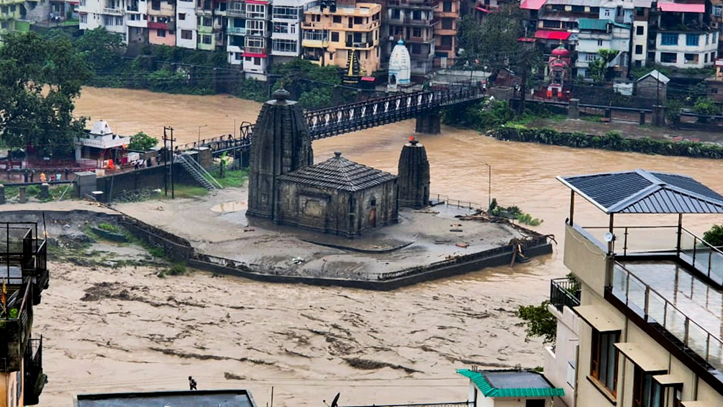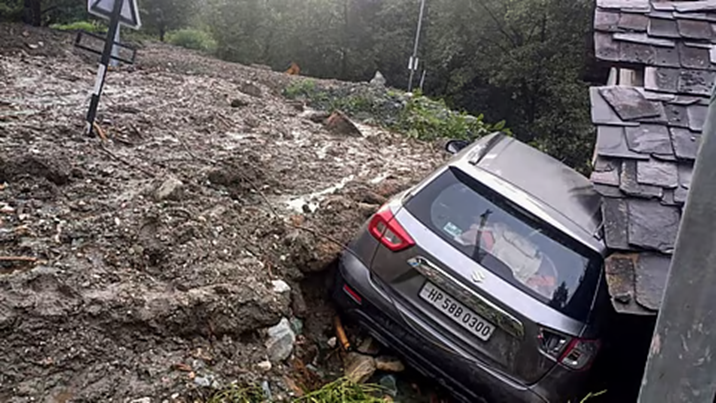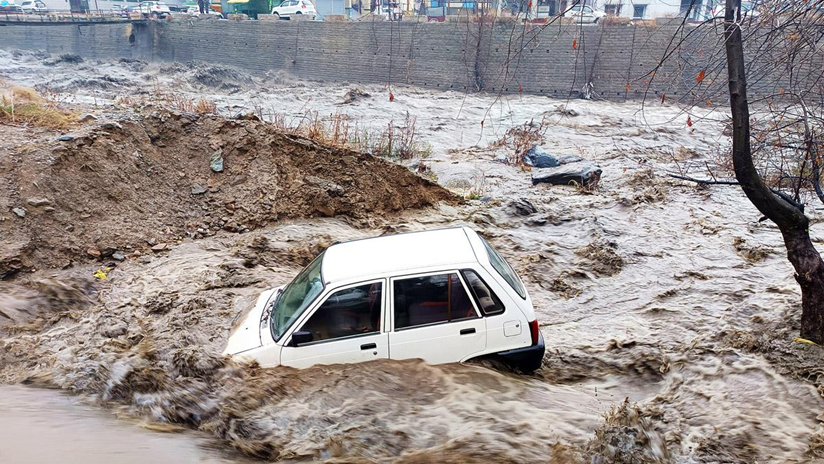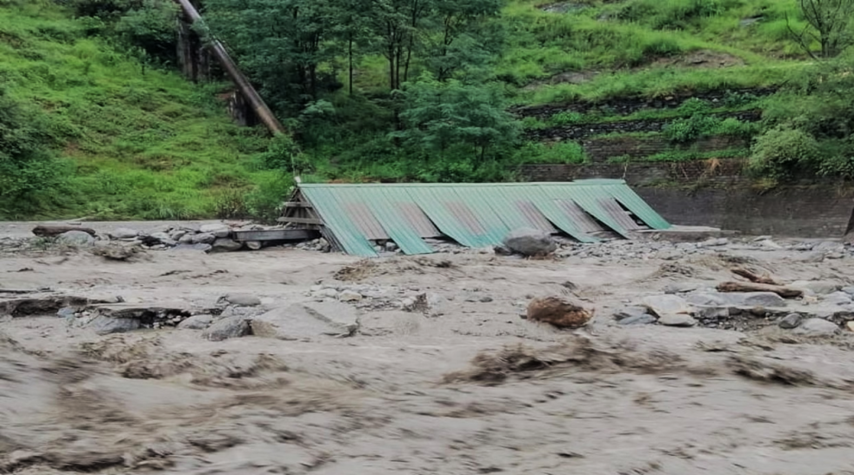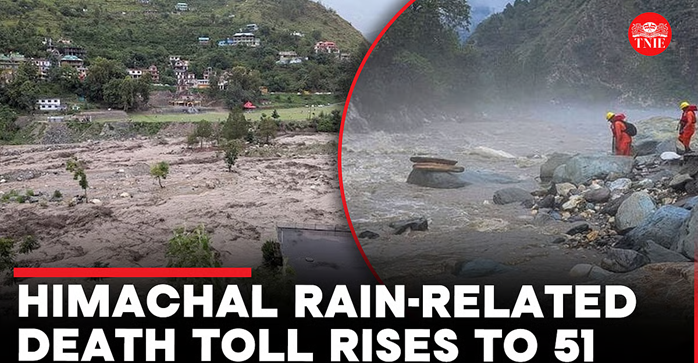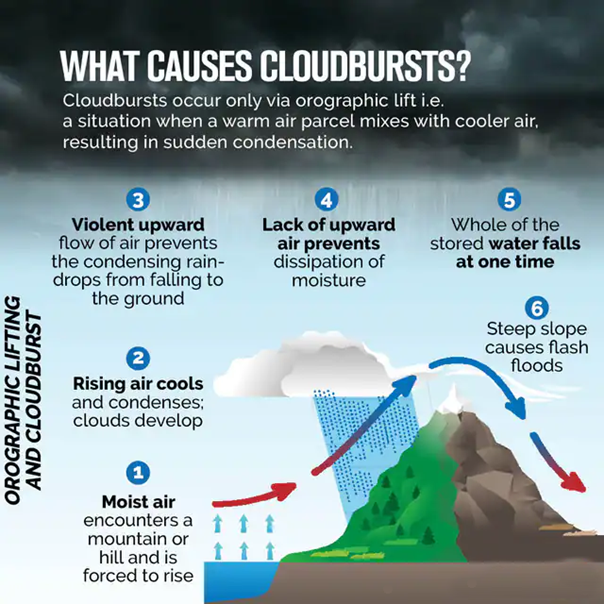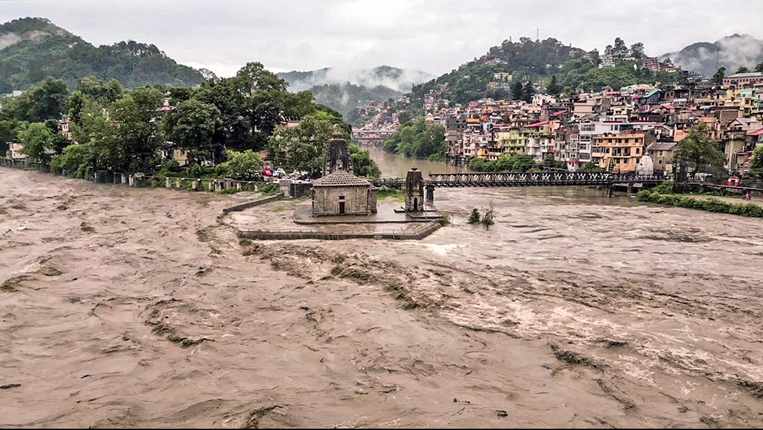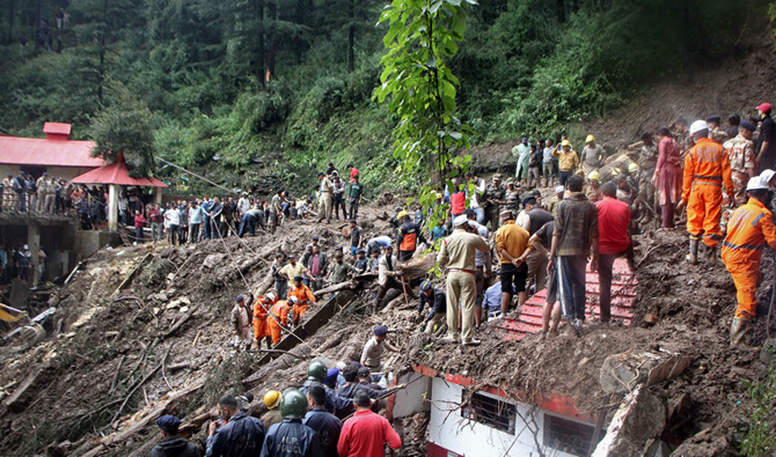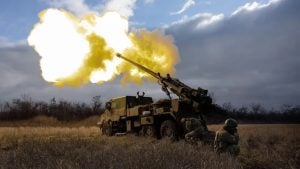Heavy rainfall has caused widespread destruction in Himachal Pradesh, with at least 78 deaths reported and 31 still missing due to rain-related incidents since the onset of the monsoon on June 20, according to the State Disaster Management Authority (SDMA). Among these, 50 people died in rain-related incidents like landslides, flash floods, and cloudbursts, while 28 others lost their lives in road accidents. “The cumulative toll due to various monsoon-related disasters in Himachal Pradesh has reached 78 as of July 6,” the State Disaster Management Authority stated.
Monsoon Horror In Himachal | Flash Flood, Cloudburst
Why In News
- Heavy rainfall has caused widespread destruction in Himachal Pradesh, with at least 78 deaths reported and 31 still missing due to rain-related incidents since the onset of the monsoon on June 20, according to the State Disaster Management Authority (SDMA). Among these, 50 people died in rain-related incidents like landslides, flash floods, and cloudbursts, while 28 others lost their lives in road accidents. “The cumulative toll due to various monsoon-related disasters in Himachal Pradesh has reached 78 as of July 6,” the State Disaster Management Authority stated.
Why Are Deaths Increasing
- The number of deaths caused by weather-related incidents during the monsoon in Himachal Pradesh is steadily rising. Heavy rainfall has led to flash floods, cloudbursts, and landslides in several parts of the state, claiming many lives.
- The Mandi district has been the worst affected, with 10 major incidents of cloudbursts, flash floods, and landslides causing severe destruction. It is worth noting that the monsoon arrived in Himachal Pradesh on June 20, and since then, such disastrous weather events have continued to occur frequently across the state.
- The rain-induced tragedies include 14 deaths from flash floods, eight due to drowning, eight from electrocution and accidental falls, and smaller numbers in landslides, lightning strikes, and snake bites. Mandi district reported the highest number of rain-related deaths at 17, followed by Kangra with 11. Other severely affected districts include Kullu (3 deaths), Chamba (3), and Shimla (3). The road accidents, which claimed 28 lives, were recorded across various districts, with Chamba reporting the highest at six, followed by Bilaspur, Kullu, and Kangra.
- Beyond human casualties, the state has also suffered widespread infrastructural and economic damage. As per SDMA data, 269 roads have been blocked, 285 power transformers have been affected, and 278 water supply schemes have been affected. The total loss to public and private property has been estimated at over Rs 57 crore.
- Monsoon-triggered incidents have also led to crop losses, damage to homes and cowsheds, and disruption in health and education infrastructure. A total of 164 cattle have perished. About 200 roads have been rendered out of bounds for traffic, while 236 transformers and 278 supply schemes have been disrupted in Mandi district as of Sunday, according to the state emergency operation centre.
- State has suffered widespread infrastructural damage. The State Emergency Operation Centre has confirmed an estimated loss of ₹572.69 crore due to recent events in Himachal Pradesh. In the worst-hit Mandi district, the first floor of the Himachal Cooperative Bank is filled with water and debris.
Search & Rescue
- Authorities have deployed National Disaster Response Force (NDRF) and State Disaster Response Force (SDRF) teams across critical regions. Search and rescue operations are still underway, especially in parts of Mandi and Kullu where missing persons have been reported. The SDMA continues to monitor the situation closely, urging residents to stay alert as rainfall activity remains active across the state.
Cloudburst
- A cloudburst is a localised but intense rainfall activity. Short spells of very heavy rainfall over a small geographical area can cause widespread destruction.
- Not all instances of very heavy rainfall, however, are cloudbursts. A cloudburst has a very specific definition.
- Rainfall of 10 cm or more in an hour over a roughly 10 km x 10-km area is classified as a cloudburst event.
- By this definition, 5 cm of rainfall in a half-hour period over the same area would also be categorized as a cloudburst
Flash Floods
- Flash floods are sudden increases in water levels during or immediately after intense rainfall. They are highly localized and short-lived events, typically occurring within 6 hours of rainfall.
- Flash floods are primarily caused by intense rainfall that overwhelms the soil’s absorption capacity and drainage systems.
- Apart from heavy rain, flash floods can also result from rapid snowmelt due to sudden temperature rise, dam or levee breaches, ice or debris jams, and sudden glacial lake outbursts.
- Additionally, urbanisation with impervious surfaces like roads and buildings increase runoff, reducing water absorption and intensifying flood risks.
Landslide
- A landslide is the downward movement of rock, soil, or debris on a slope due to gravity. It is a form of mass wasting, where earth materials move down a slope under the influence of gravity.
